1 min read
Riding the Renovation Rollercoaster: The Emotions Behind a Remodel
Every home remodeling journey comes with its own set of emotions, and no project is without its ups and downs. After remodeling homes in the greater...
2 min read
Meadowlark Design+Build : January 15, 2025
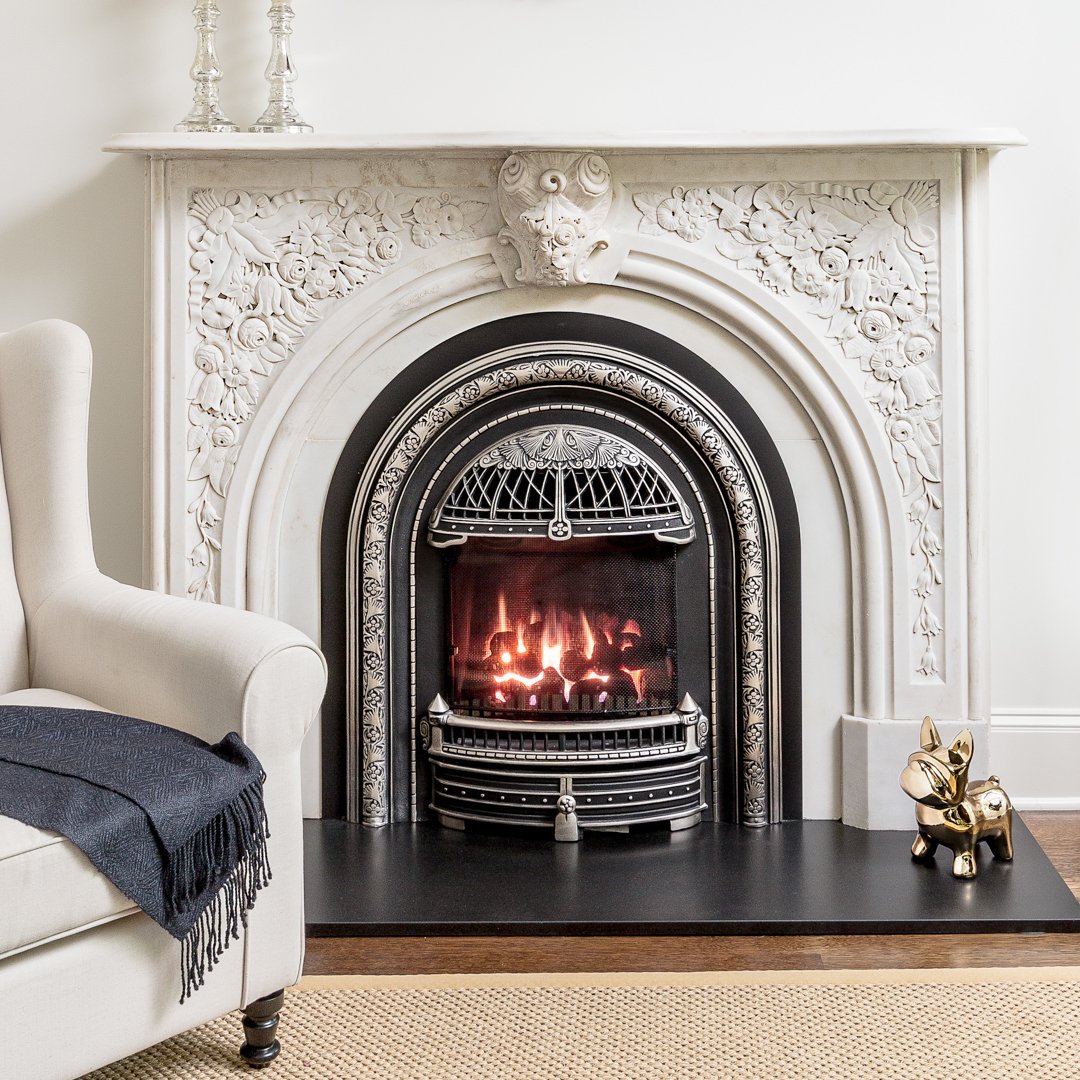
When we moved to Ann Arbor in 2009, my wife and I were drawn to the Old West Side neighborhood. It was close to downtown, had walkable streets, great schools, and a charming historic feel of mostly early twentieth century modest-sized homes. We ended up buying a small three bedroom house (built in 1916) two doors down from the official border of the Old West Side Historic District. We ended up with the charm, the walkability, the proximity to restaurants and shopping and the education for our children; but without the restrictions associated with the Historic District designation.
Historic districts regulations often present challenges to homeowners who want to remodel; and ironically, historic district homes usually have the most need for remodel projects. At Meadowlark, we have had the opportunity to work on a number of historic district projects in Ann Arbor and would like to share what we have learned along the way.
This is the most important thing to do when considering work on an historic home. It is amazing how much time can be saved by consulting with the planning department before beginning your design process. When we are engaged to design a remodel of an historic district home, we speak with the planning department multiple times before submitting our formal proposal for review. The open dialogue allows us to approach our design decisions from an informed position and to ultimately present successful proposals to the review committee.
A visual reference to the original state of the home is an important factor to a successful design. By maintaining the original lines of the houses, the neighborhoods can keep the overall charm where the houses relate to one another in scale, proportion, and positioning.
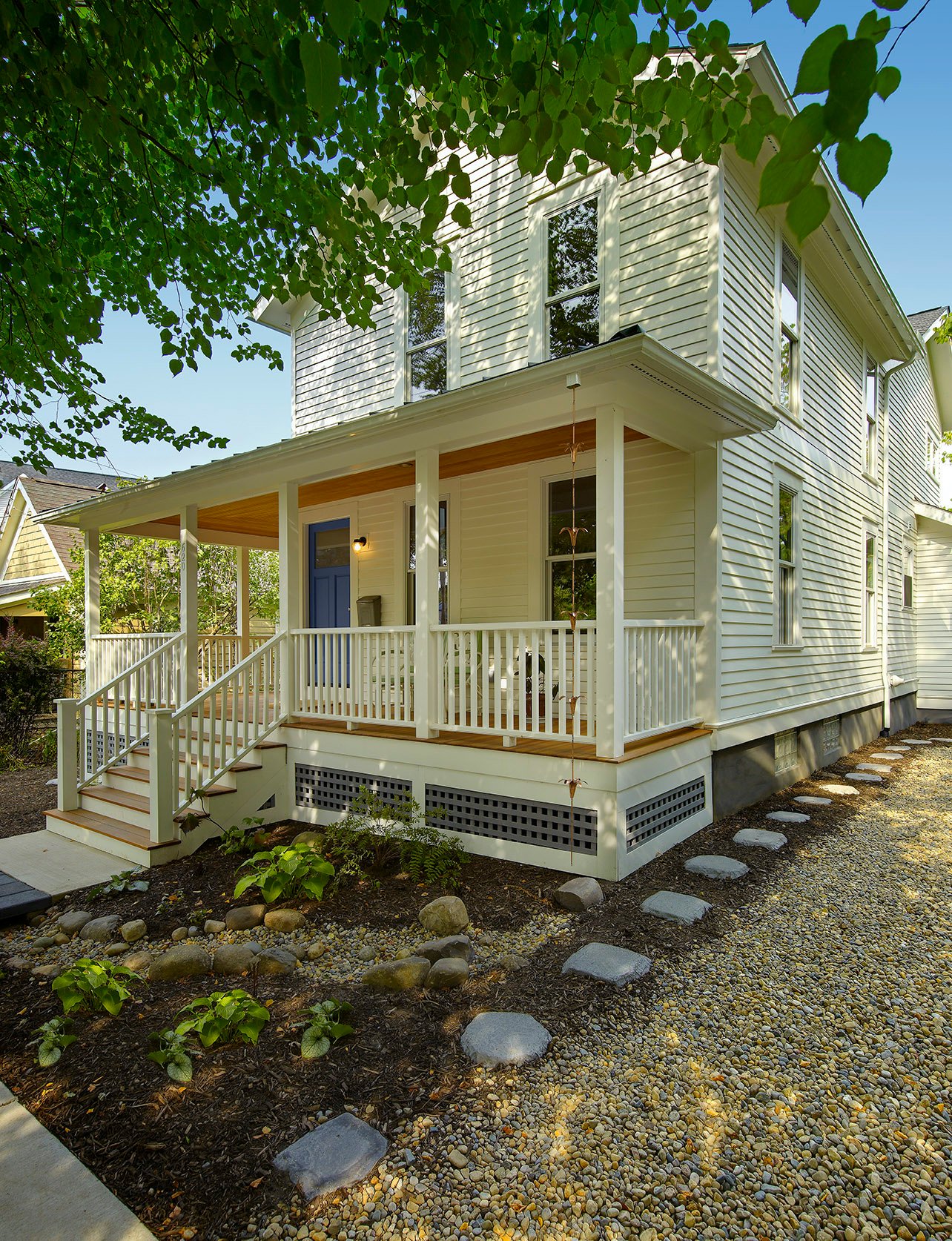
It is not simply about not changing the front of house, but more importantly examining the various views of the house as encountered by pedestrians and vehicles from the different directions. Areas of the home that are highly visible from the street are preferred to be preserved in their historic state. Thus, it is always best to consider changes to the rear of the house as a first option.
Though to many people it is counter-intuitive to create an addition to a historic home that does not “match” to the original home, it is exactly what the historic district committee prefers. It is better to clearly differentiate new from old. Some ways that this can be done are by changing materials (cedar shakes to composite siding), changing the orientation of siding (clapboard to board and batten), changing the scale of windows, and changing the trim profile. The changes do not have to be drastic from one another in order to be approved, rather they can be designed to have a similar properties (proportions, color, materiality) that creates a balanced relationship between the new and old.
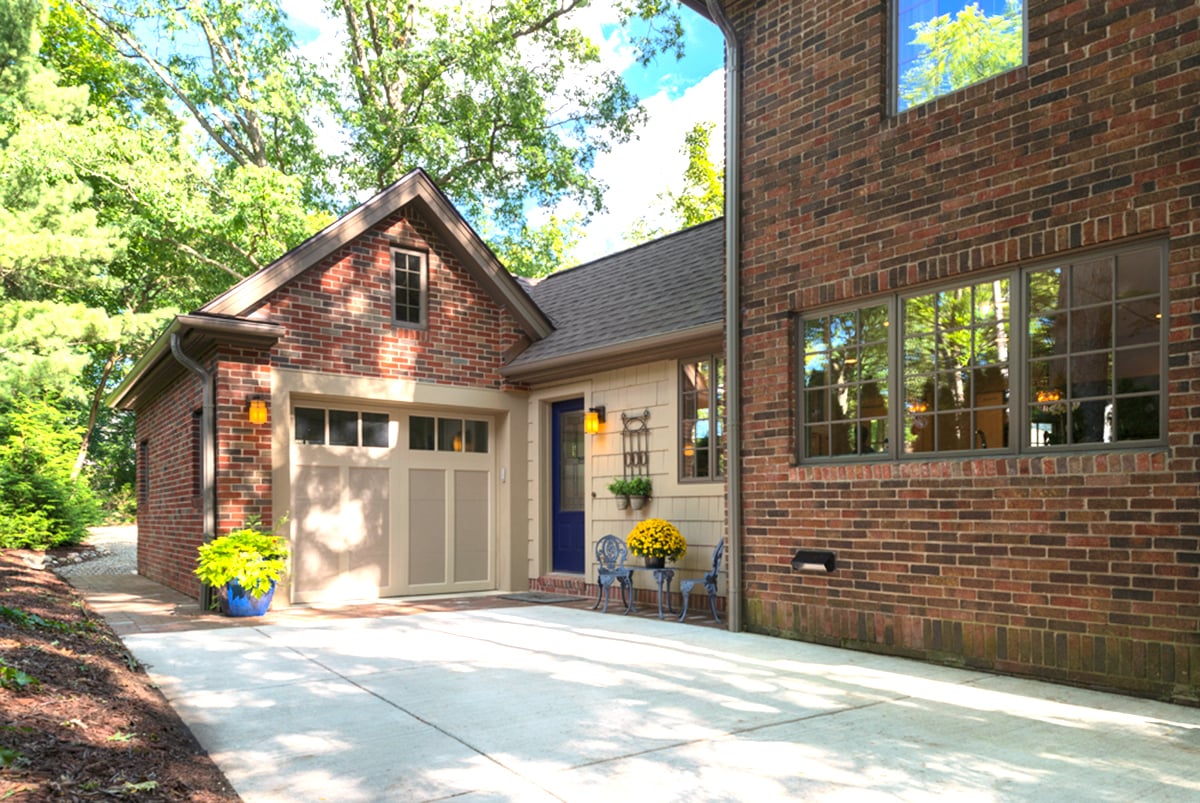
The committee members fully understand that we are not living in the early twentieth century and that homes from that era do not fully address the domestic needs of the modern family. Whether the reasons for additions/remodels are to have a larger kitchen or a first floor powder room, to add a mudroom or a master bedroom, it is important to put it on paper and to define why it is important. This not only lets the committee know that you have thought through these changes, but it is valuable information for your designer to help come up with solutions that will both suit your needs and adhere to the guidelines of the historic district.
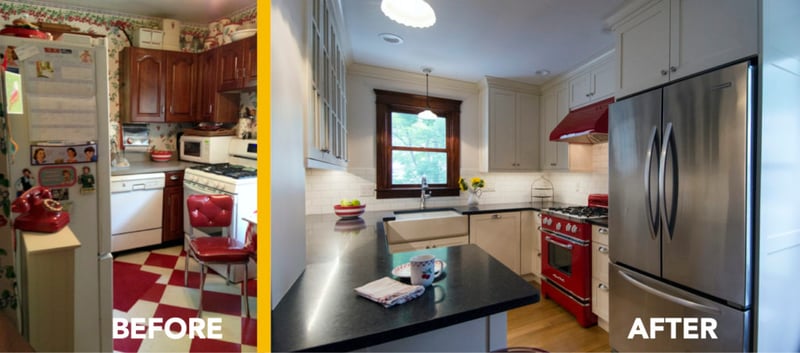
For anyone looking to buy a house and wants all the charm and amazing qualities that historic districts offer, but also wants to live with the comforts and benefits of a home suitable for twenty-first century habits … it is possible. We are experienced with these types of projects and would greatly enjoy working with you on yours.

1 min read
Every home remodeling journey comes with its own set of emotions, and no project is without its ups and downs. After remodeling homes in the greater...
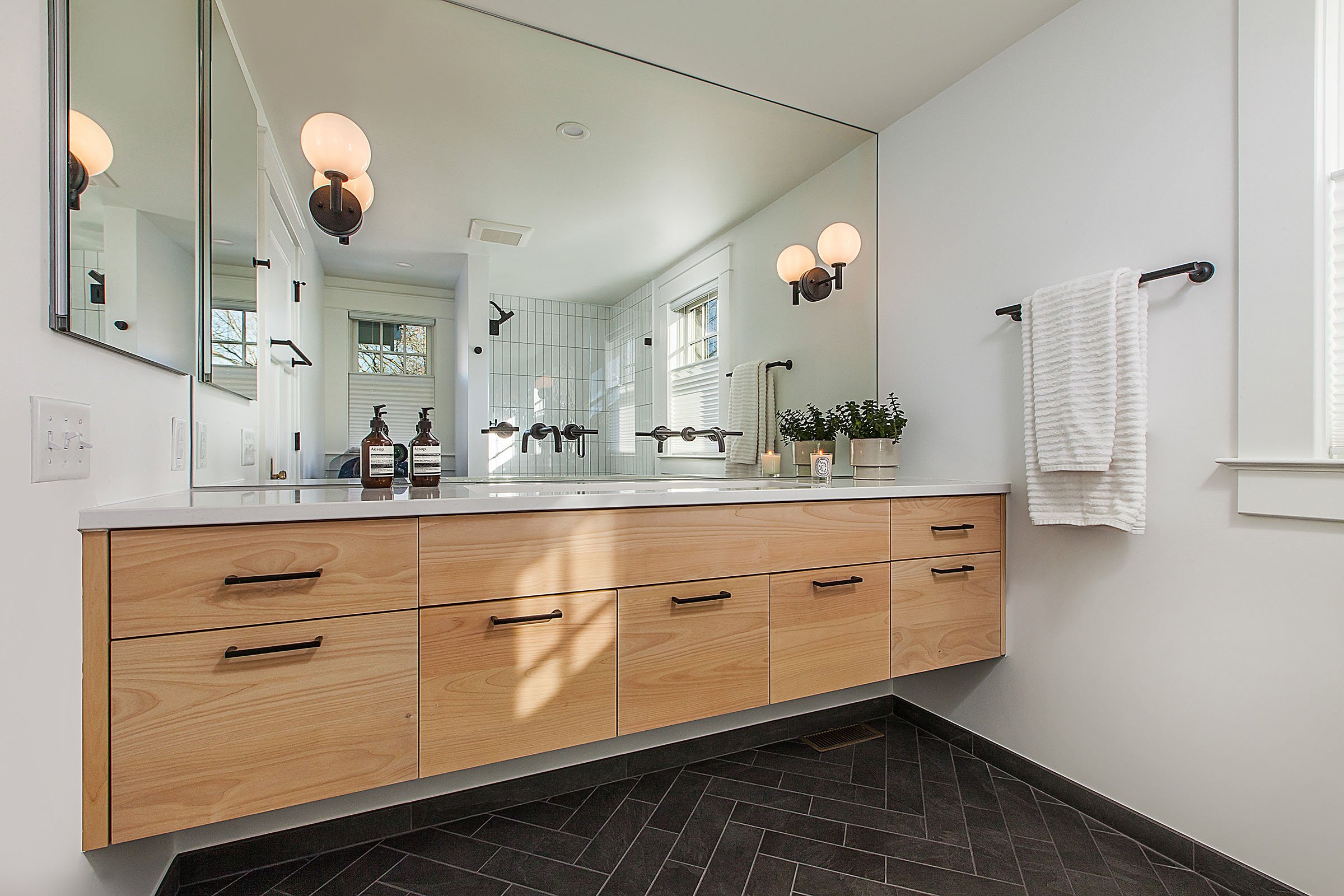
Transforming your home is not just about aesthetics; it's about finding solutions that fit your budget and lifestyle. When upgrading your kitchen or...
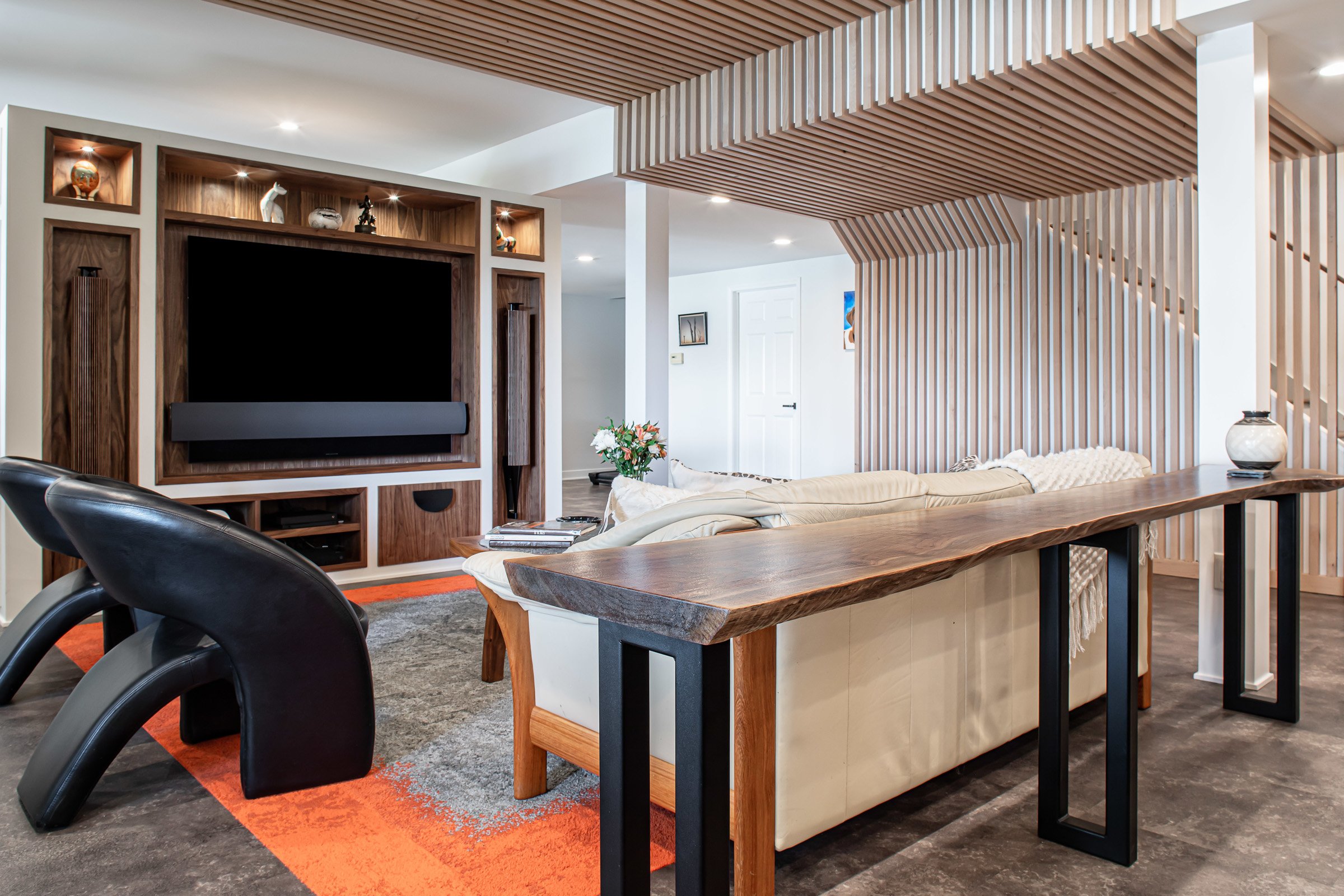
We’re thrilled to be featured in The Scout’s Guide’s latest piece, “How to Upgrade Your Basement, According to the Experts.” We invite you to check...